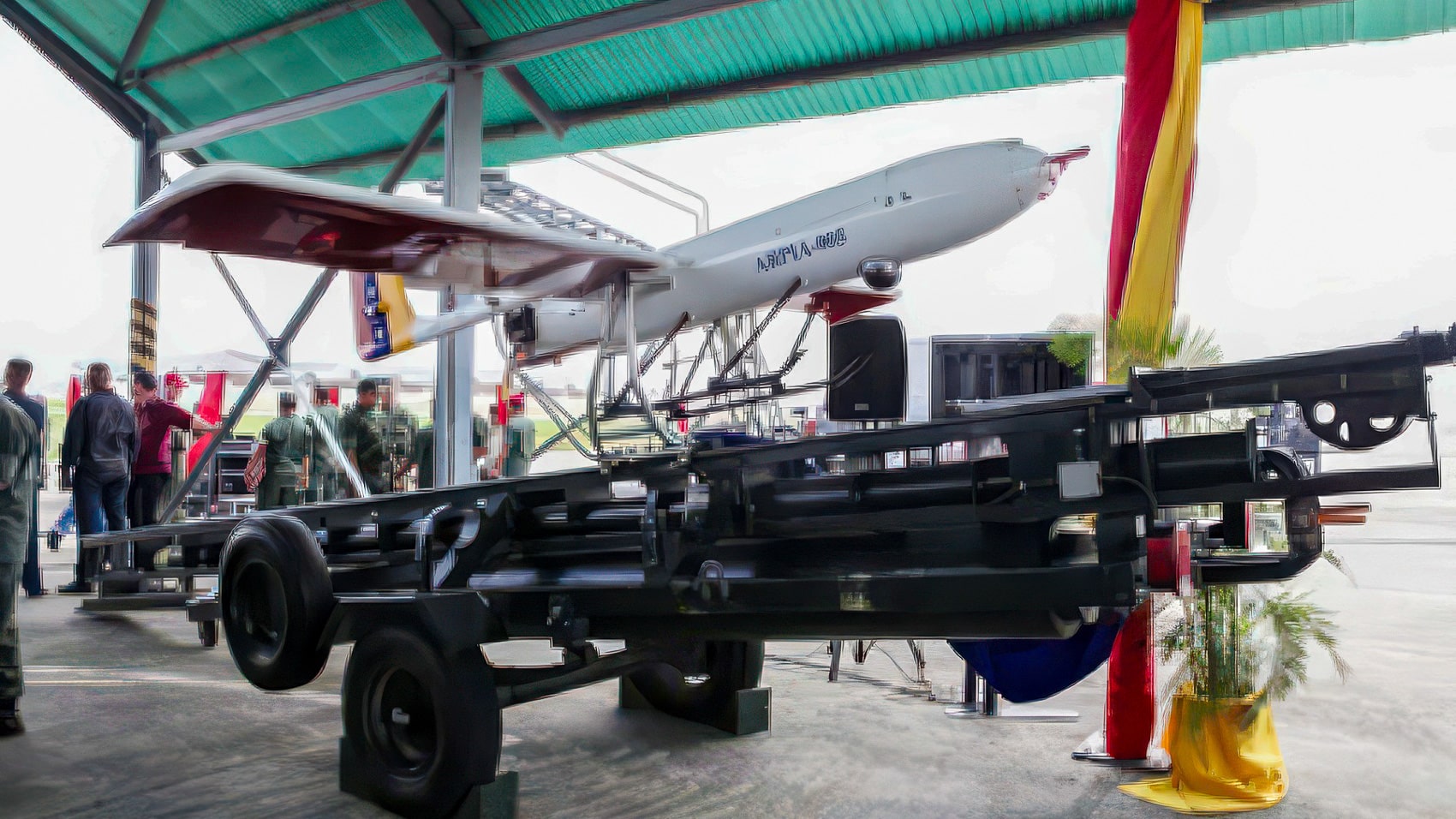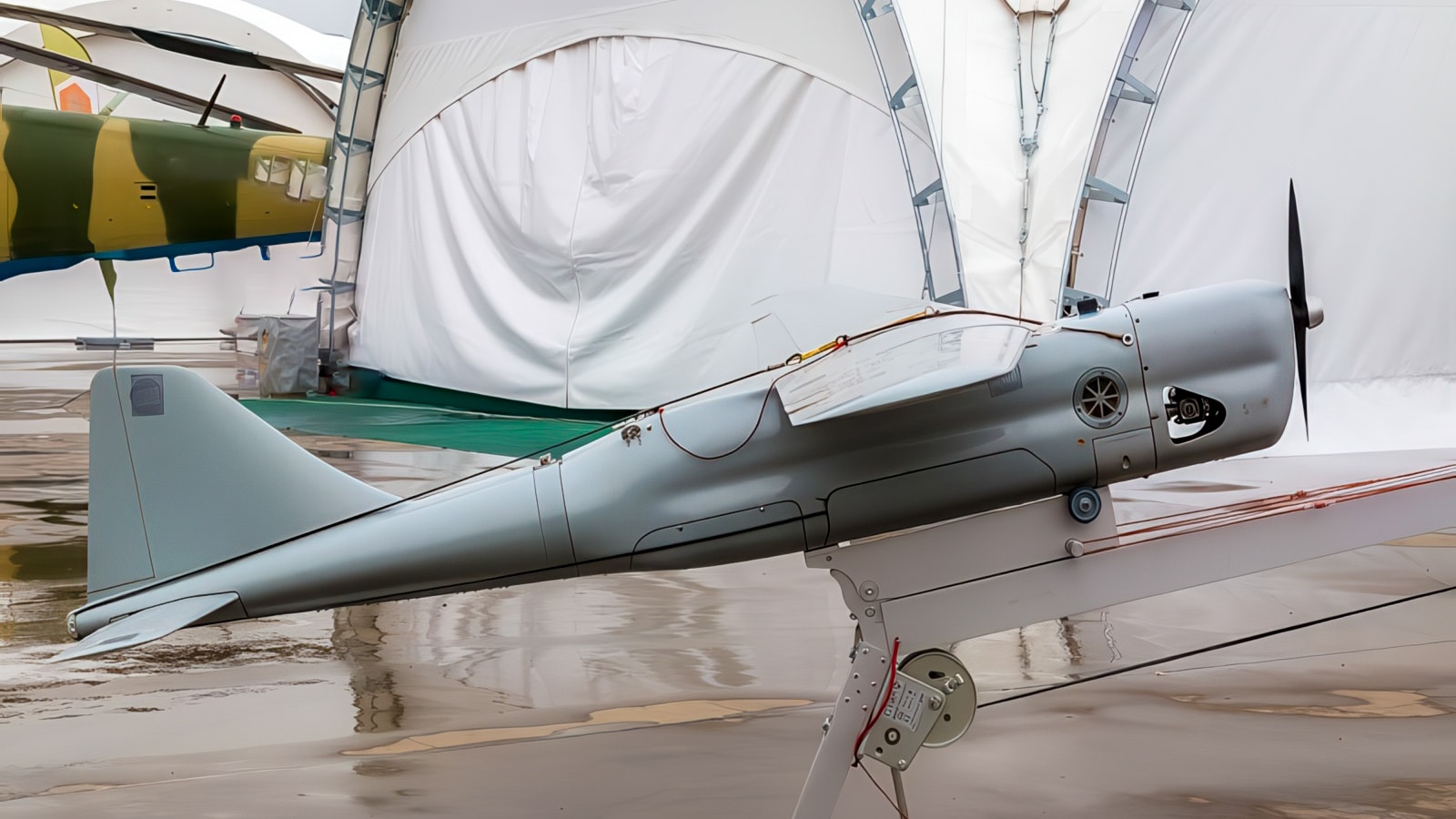Venezuela Prepares for U.S. Attack With Armed Drones

As tensions simmer in the Caribbean, Venezuela is making a bold and unmistakable show of its military readiness. As the Miami Herald informs us, the Maduro regime is actively preparing for a potential conflict with the United States, and at the center of its strategy is a fleet of sophisticated, armed drones designed by Iran.
This isn’t just a diplomatic threat; it’s a tangible military buildup. By assembling and deploying these Unmanned Combat Aerial Vehicles (UCAVs), Venezuela is sending a clear message to Washington: it has a new, modern, and lethal capability, and it is ready to use it. This development dramatically raises the stakes in the already tense relationship between the two nations.
The Mohajer-6: An Iranian Predator in the Caribbean
The drone at the heart of this strategy is the Mohajer-6. This is a serious piece of military hardware. Developed by Iran, it’s a combat-proven UCAV with a range of over 1,200 miles and the ability to carry a payload of precision-guided missiles. It’s designed for both long-range surveillance and deadly, targeted strikes.
What makes this situation particularly significant is that these drones are not just being bought off the shelf. As part of a deepening strategic alliance between Caracas and Tehran, these advanced drones are being assembled inside Venezuela. This gives the Venezuelan military a domestic capacity to build and maintain its own drone arsenal, a major leap in its technological and military self-sufficiency.

These are the very drones that have been deployed to Venezuela’s eastern coast to monitor US and Guyanese naval movements in the disputed Essequibo region, acting as the nation’s new eyes and swords in the sky.
A Strategy of Asymmetric Warfare
Venezuela knows it cannot compete with the United States in a conventional war. It cannot match the US carrier for carrier or jet for jet. Instead, it is embracing a strategy of asymmetric warfare, and armed drones are the perfect weapon for it.
A fleet of Mohajer-6 drones provides a low-cost, high-impact way to project power. They can be used to threaten high-value targets, like naval vessels, with a degree of plausible deniability. They can conduct surveillance for days on end without putting a pilot’s life at risk. A swarm of these armed drones could pose a serious threat to any military force, forcing them to expend extremely expensive air defense missiles to counter a relatively cheap aircraft.

This is the new playbook for middle-powers looking to stand up to a superpower. You don’t need a massive air force if you have a smart, capable, and lethal drone force.
The Contradiction at Home
The irony of this military buildup is staggering when you consider the situation inside Venezuela. At the exact same time the government is promoting its new combat drone factory, it has imposed a draconian, year-long ban on all civilian drone flights.
While the state builds and flies machines designed to carry missiles, the average Venezuelan citizen is forbidden from flying a simple camera drone. The government is embracing the most lethal application of drone technology for itself, while telling its people that the same technology is too dangerous for them to use for art, commerce, or recreation. It’s a profound and telling contradiction.
The DroneXL Take
As a Venezuelan watching this from afar, this story is a potent mix of national pride and deep unease. On one hand, the technical achievement of assembling and operating a fleet of modern combat drones is, from a purely engineering perspective, impressive. It shows a level of technical sophistication that many wouldn’t expect.
But on the other, more personal hand, it is deeply troubling. This is the government of my home country preparing for war, using the very technology I love as a primary weapon. The focus on military hardware, the alliance with Iran, and the aggressive posture towards the US all point to a future of conflict, not prosperity.
The most painful part is the hypocrisy of the civilian drone ban. By building an arsenal of armed drones while grounding its own citizens, the regime is making a clear statement: this powerful technology is for the state to control, to threaten, and to wield as a weapon. For the people, it is forbidden. It’s a grim reality that highlights the vast gap between the government’s priorities and the freedoms of its people. This isn’t just about military strategy; it’s about who gets to participate in the future of flight. And right now in Venezuela, the answer is clear: only the state.
Photographs courtesy of Miami Herald and InfoDefensa
Discover more from DroneXL.co
Subscribe to get the latest posts sent to your email.
Check out our Classic Line of T-Shirts, Polos, Hoodies and more in our new store today!

MAKE YOUR VOICE HEARD
Proposed legislation threatens your ability to use drones for fun, work, and safety. The Drone Advocacy Alliance is fighting to ensure your voice is heard in these critical policy discussions.Join us and tell your elected officials to protect your right to fly.
Get your Part 107 Certificate
Pass the Part 107 test and take to the skies with the Pilot Institute. We have helped thousands of people become airplane and commercial drone pilots. Our courses are designed by industry experts to help you pass FAA tests and achieve your dreams.

Copyright © DroneXL.co 2025. All rights reserved. The content, images, and intellectual property on this website are protected by copyright law. Reproduction or distribution of any material without prior written permission from DroneXL.co is strictly prohibited. For permissions and inquiries, please contact us first. DroneXL.co is a proud partner of the Drone Advocacy Alliance. Be sure to check out DroneXL's sister site, EVXL.co, for all the latest news on electric vehicles.
FTC: DroneXL.co is an Amazon Associate and uses affiliate links that can generate income from qualifying purchases. We do not sell, share, rent out, or spam your email.




















